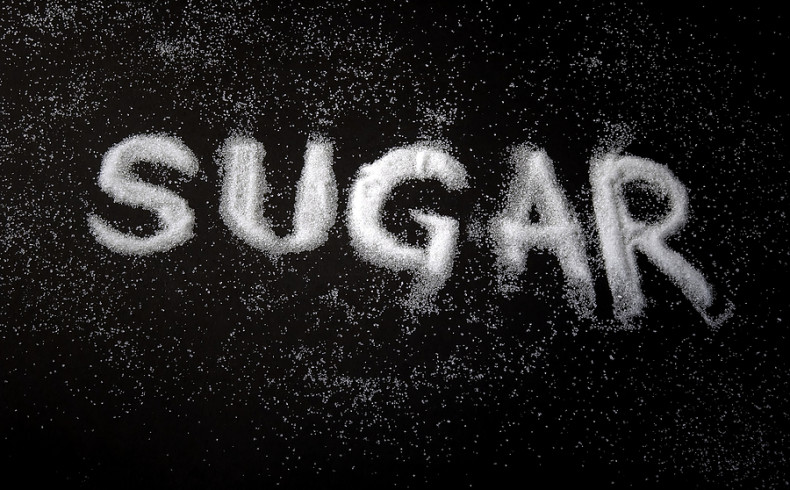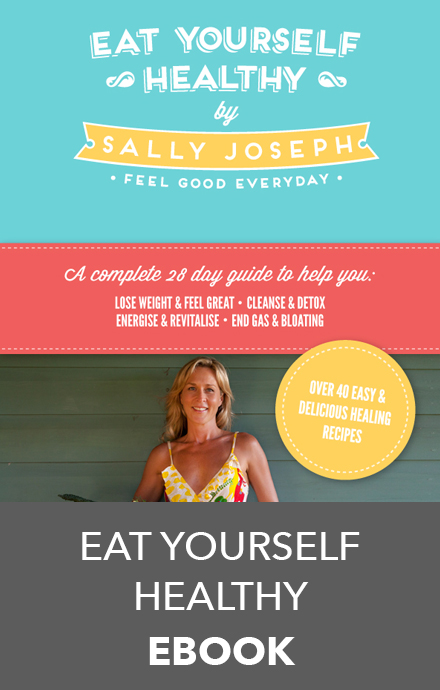
When it comes to interpreting food labels and understanding how much sugar is really in our food, there is probably nothing more confusing. You may recall in a recent post I wrote about sugar, how manufacturers are using disguises for the white stuff that sound more like something out of a science fiction novel than real food. Maltitol, mannitol, polydextrose, sorbitol, inulin, HFCS short for – high fructose corn syrup, are all names used by manufactures to list different forms of sugar, but few of us would recognize these terms without formal training.
So my advice for interpreting just how much sugar is in a food product boils down to this…
1. Don’t read the calorie content on labels – Judging a food based on how many calories it contains is not my idea of making a smart food choice. Even as a nutritionist I would struggle to tell you how many calories are in any food – and that’s a choice I have made on purpose, because I believe calorie counting tells us nothing about a foods true nutritional value and only leads to stress and obsessive thinking around food.
2. Read the entire list of ingredients on food labels – A far healthier way to judge the nutritional value and sugar content is to observe what ingredients manufacturers are actually using. I know this can be easier said than done when manufacturers use names and numbers – an indication for artificial additives – that we have never heard of, but this in itself should be a warning to stay away. Remember ingredients are listed in order of highest to lowest, so when it comes to sugar, if it is listed in the top 3 or 4 ingredients, this can be an indication a large portion is sugar based.
3. Aim for foods that contain no more than 6 grams of sugar per 100gm’s or ml’s, especially if you are trying to lose fat.
4. Beware of foods labelled ‘lite’, ‘Low Fat’ and ‘99% fat free’ or with the heart foundation tick – These are usually just clever marketing ploys used to lure you into thinking a product is healthy or slimming and reveal nothing about the true sugar content of a food. Whilst many processed foods labelled this way may be low in fat, the fat needs to be replaced with something and this tends to be sugar and SUGAR MAKES US FAT!
And another thing FAT MAKES YOU FEEL FULL so not only are low fat products often high in sugar, they will not fill you up, so you are likely to eat more and that means more sugar = fattening.
5. No added sugar does not necessarily mean low sugar – it simply translates to ‘we’ve been kind enough not to add sugar’ but this does not guarantee a food is naturally low in sugar. Some brands of bottled juice for instance may not contain added sugar, but your average 250ml serve can contain up to 25 – 30 grams of naturally occurring sugar in the form of fructose, depending on the flavour and that equates to up to 6 teaspoons of sugar! NOt to mention how much you are alreay getting in your Kellog’s breakfast cereal!
6. Learn how to interpret the nutritional chart – Ok, so I have saved this tip for last because it can be the most confusing and the most technical to explain so bear with me…..
This is the panel on food labels detailing the amount of fat, protein and carbohydrate, as well as total sugars, per serve and per 100 grams or ml. To get a true understanding of how much sugar a food contains, you need to read how much of the carbohydrate content is composed of sugar. For instance the nutritional panel will list the ‘total carbohydrate’ as well as the ‘total sugar’. The total carbohydrate is representative of a foods sugar and fibre content. Remember all carbohydrates convert to sugar in the form of glucose, unless a food contains fructose. In this case, the fructose by passes the conversion to glucose for use by the cell for energy and is converted by the liver directly to FAT!
When a food contains ‘added sugar’ it should be avoided, unless it is minimal eg: appears last in a long list of NATURAL ingredients, then it won’t count for much.
In regards to the ratio between the total carbohydrate and the total sugar, it is important to understand the greater the ratio between the two, the less sugar makes up the total carbohydrate content of a food. I know all of this can be a lot to get your head around, but stick with me…..
To calculate the percentage of sugar making up the total carbohydrate or how much of the total carbohydrate is made up of sugar, divide the grams of sugar by the grams of total carbohydrate. For instance a tin of tomatoes contains 3.5 grams of total carbohydrate per 100 grams and 3.2grams of that is derived from sugar, so divide the sugar by total carbohydrate ie:
3.2 grams /3.5 grams = 0.91
Then either move the decimal point two spaces to the right or multiply by 100 = 91% being the total carbohydrate derived from sugar.
The next trick is to understand where that sugar is coming from eg: is it added or is it naturally occurring and what form is it in. In the case of the tinned tomatoes, there was no added sugar, but as tomatoes are a fruit, they will naturally contain fructose.
But this is where it can get a little confusing, just because the total carbohydrate content of a food such as the tinned tomatoes is made up of say 91% sugar, does not necessarily mean it should be avoided if it falls within the recommended grams of sugar per serve. IE: The labels states 3.2 grams of sugar and that is under my recommended serve being 6 grams per serve.
Remember sugar is more fattening than fat any day of the week, so we need to turn our focus to the carbohydrate content, in particular the total sugar, as well as reading the list of ingredients and be less inclined to believe the clever marketing tricks on the front packaging, used by manufacturers to lure us into thinking their product is healthy.
On a final note one of the best ways to avoid too much sugar is to ensure the contents of your shopping basket contains as few packaged and processed foods as possible, because these are the ones that contain the most sugar, not to mention artificial ingredients. Eating a diet high in fresh whole foods might require more preparation and getting your hands dirty in the kitchen, but it’s also more likely to keep you looking and feeling a whole lot better than a packaged food diet.
So if you’re looking for the secret to losing excess fat and feeling better, then get back to basics with your diet and keep your food as natural and as unprocessed as possible.
To get the full low down on how to minimise sugar in your diet, check out my e-book – Eat Yourself Healthy In 28 Days and if your digestive system is needing a bit of an overhaul, then check out my detox and digestive repair programs. They are a great way to reboot your metabolism and squash the sugar cravings.


Health & Lifestyle Tips
Delicious Healthy Recipes
Educational & Recipe Videos








